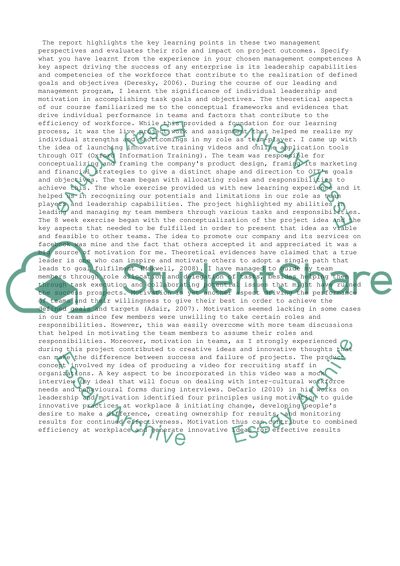Cite this document
(“A Competency Based, Critical Review of Leadership and Management in My Essay”, n.d.)
A Competency Based, Critical Review of Leadership and Management in My Essay. Retrieved from https://studentshare.org/management/1437507-a-competency-based-critical-review-of-leadership
A Competency Based, Critical Review of Leadership and Management in My Essay. Retrieved from https://studentshare.org/management/1437507-a-competency-based-critical-review-of-leadership
(A Competency Based, Critical Review of Leadership and Management in My Essay)
A Competency Based, Critical Review of Leadership and Management in My Essay. https://studentshare.org/management/1437507-a-competency-based-critical-review-of-leadership.
A Competency Based, Critical Review of Leadership and Management in My Essay. https://studentshare.org/management/1437507-a-competency-based-critical-review-of-leadership.
“A Competency Based, Critical Review of Leadership and Management in My Essay”, n.d. https://studentshare.org/management/1437507-a-competency-based-critical-review-of-leadership.


